Jeff Milburn was the stunt coordinator of the new film The Bikeriders, a movie based on an actual outlaw motorcycle club in the 1960s that was written and directed by Jeff Nichols. Milburn shared his personal history while providing a behind-the-scenes look at sourcing 45 vintage bikes that were ridden in the film by Austin Butler, Tom Hardy, Norman Reedus, and others in the cast.
Check out our video interviews with Jeff Milburn and the stars of The Bikeriders
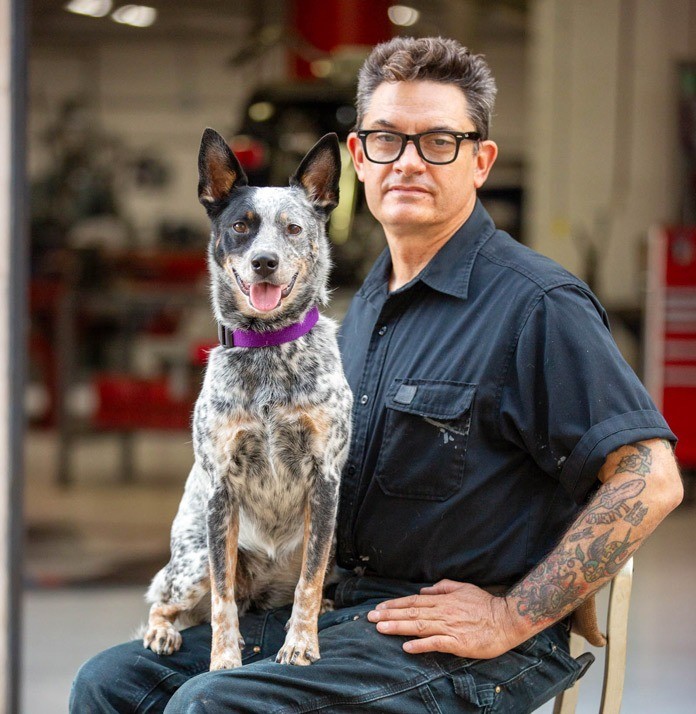
The year 1988 was when the first well-known internet virus debuted, the Iron Curtain started to come down, Al-Qaeda was being formed, and Rihanna, Conor McGregor, Adele, and Haley Joel Osment were born. A young Jeff Milburn was riding his motorcycle from his job at a car dealership in Washington, D.C., toward a new opportunity in Los Angeles and happened to stop in Dallas for a part to fix his exhaust; 35 years later, he still calls the North Texas city his primary home.
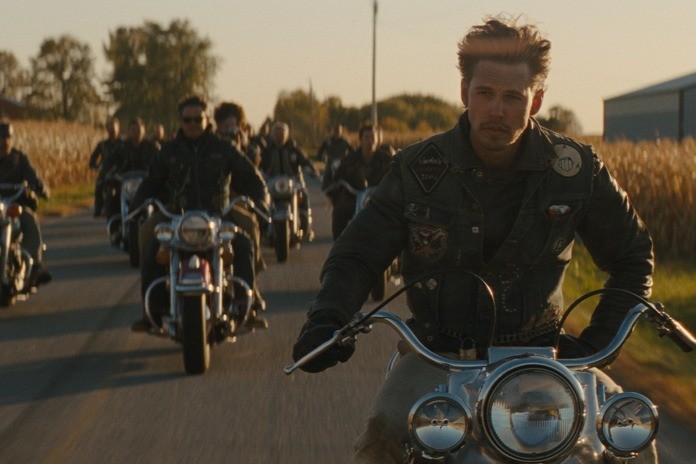
Originally from the West Texas town of Odessa, Milburn left the day after graduating high school and became a Marine. After exiting the service, he found himself in D.C. where he worked with Satan’s Cycle Salvage when not at the dealership.
While stopped in Dallas to search for an exhaust part, he cracked open a phone book. “That’s what you did in those days,” he said.
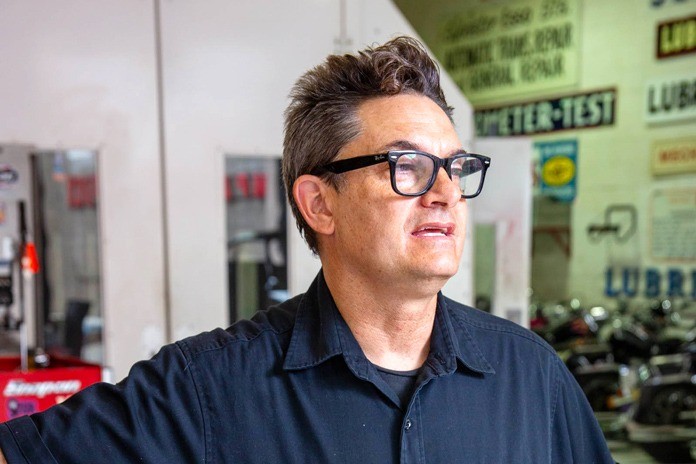
He saw a listing for the motorcycle shop Brown’s Cycle – which features the slogan “Where Real Bikers Shop” – run by brothers Gary and David Brown. As they were getting him the needed part, Gary Brown told Milburn a local dealership had an opening he should apply for.
Milburn took Brown up on his suggestion once he realized it would save him 1,450 miles and offer better pay; soon afterward, Milburn launched a motocross racing team.
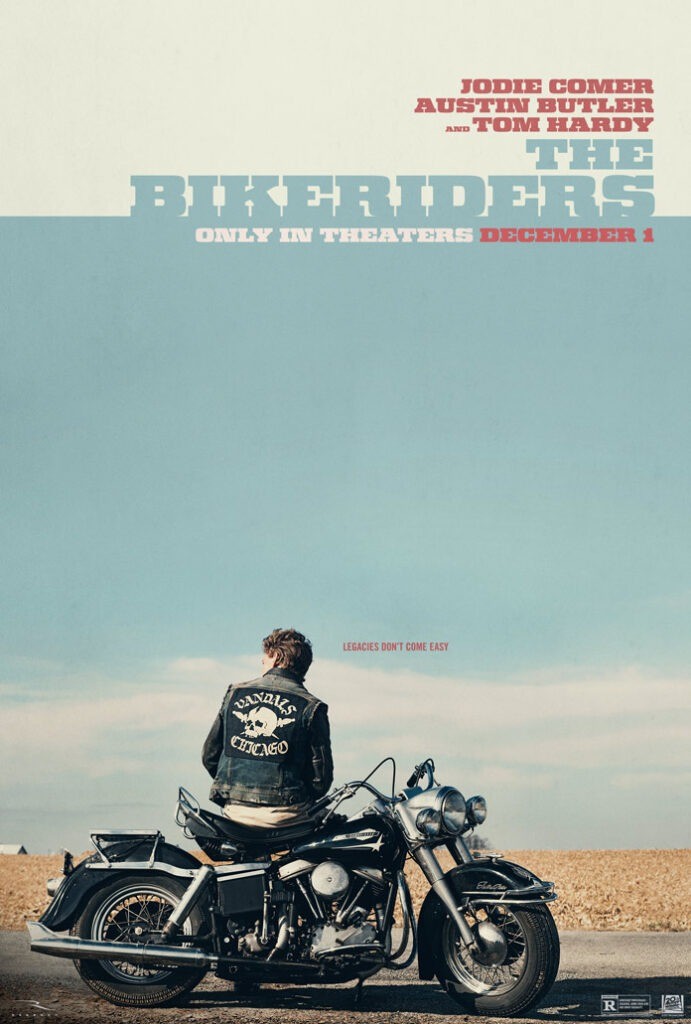
While his racing career was going from strength to strength, Milburn was hired on to the legendary Chuck Norris show Walker, Texas Ranger, where he honed his skills working with a film crew on the Dallas-based TV series. Milburn never saw himself as a “stunt guy” or stunt coordinator; these were positions he naturally segued to during his career in racing.
“I didn’t even know people got paid to do this,” he said, “because I was simply trying to race.”
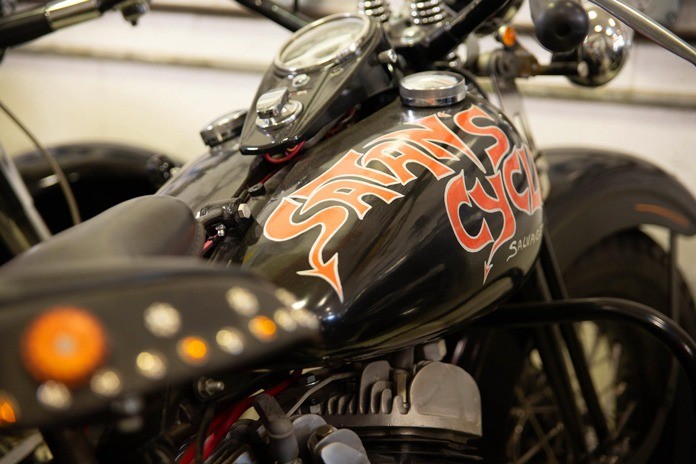
In fact, he was unaware of any motorcycle guy who evolved into stunting from racing, but to this day, as a stunt coordinator, Milburn won’t hire anyone who didn’t hone their chops on the racing scene.
While his own racing career was still on the fast track, Milburn was hired to do a lot of car commercials. He has never needed an agent or booking service because art directors and other crews know to simply ask for him by name.
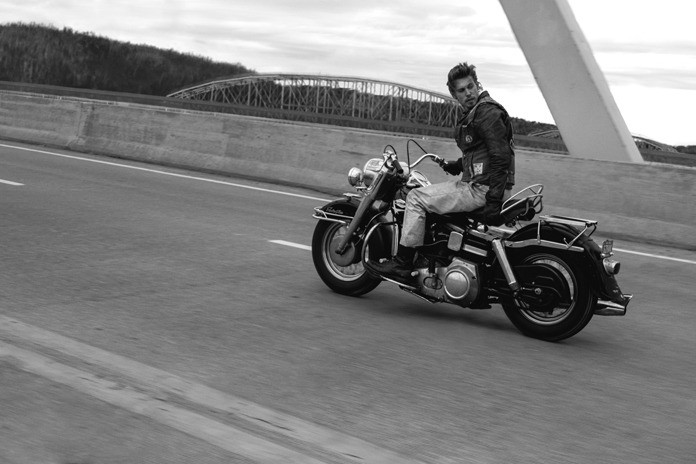
“It just grew to where people in the film business knew that there’s this guy Jeff, and if you are going to shoot in Texas, he’s the one to book,” said Milburn. From this exposure, his reputation grew among those in the industry nationwide.
As a result of his racing experience, he currently has the crew and infrastructure to accomplish almost any stunt coordination pertaining to motorcycles, cars, boats, and RVs.
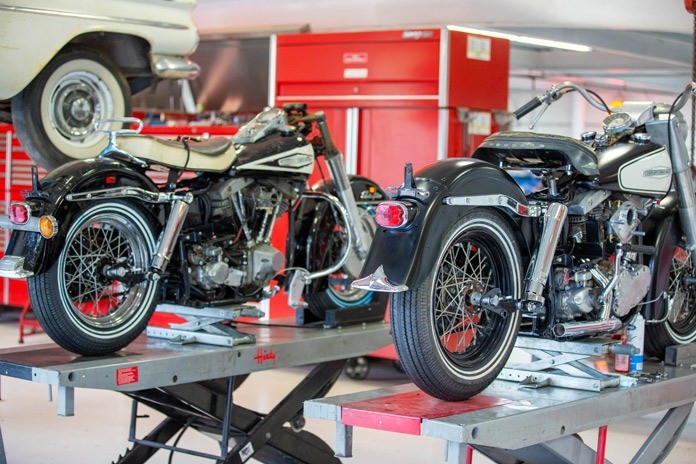
His beloved dog, Boom, is an Australian heeler and a constant shadow by his side as he works in his immaculate warehouse, which has amusing and saucy messages in various unexpected locations. The grease and grime ubiquitous in so many shops are nowhere to be found in this shrine to all things mechanical.
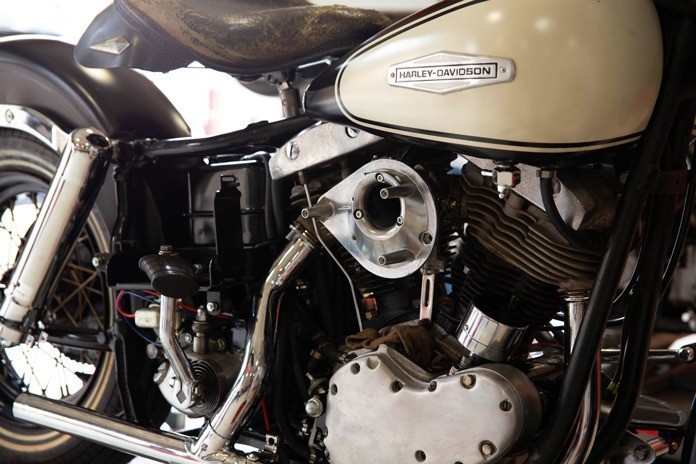
On a personal side, Milburn’s current “labor of love” project is restoring two Shovelheads – one of which was in the film The Bikeriders. They are very close to being original, but his goal isn’t to make them pretty but to make them mechanically sound.
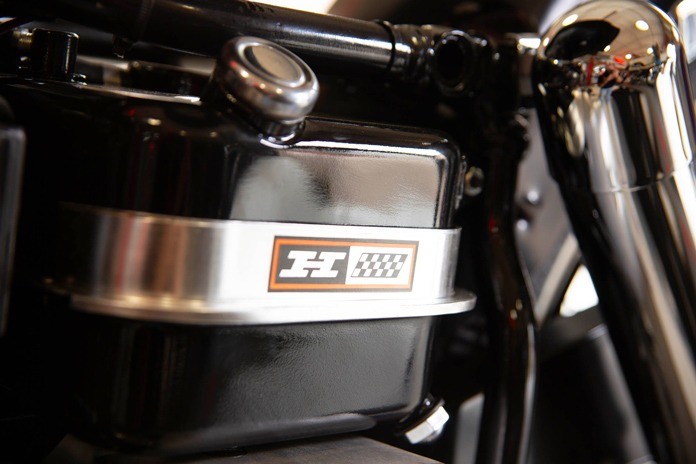
When Milburn was asked where he would most like to travel to, he replied with a laugh, “Home! I just want to be in my shop with my dog and working on my motorcycles.”
Milburn has a massive list of film and television credits, ranging from Cadillac commercials to Sons of Anarchy to Ford v. Ferrari. He remains in the industry because he enjoys working with other stunt drivers and wrenching on his stable of vehicles.
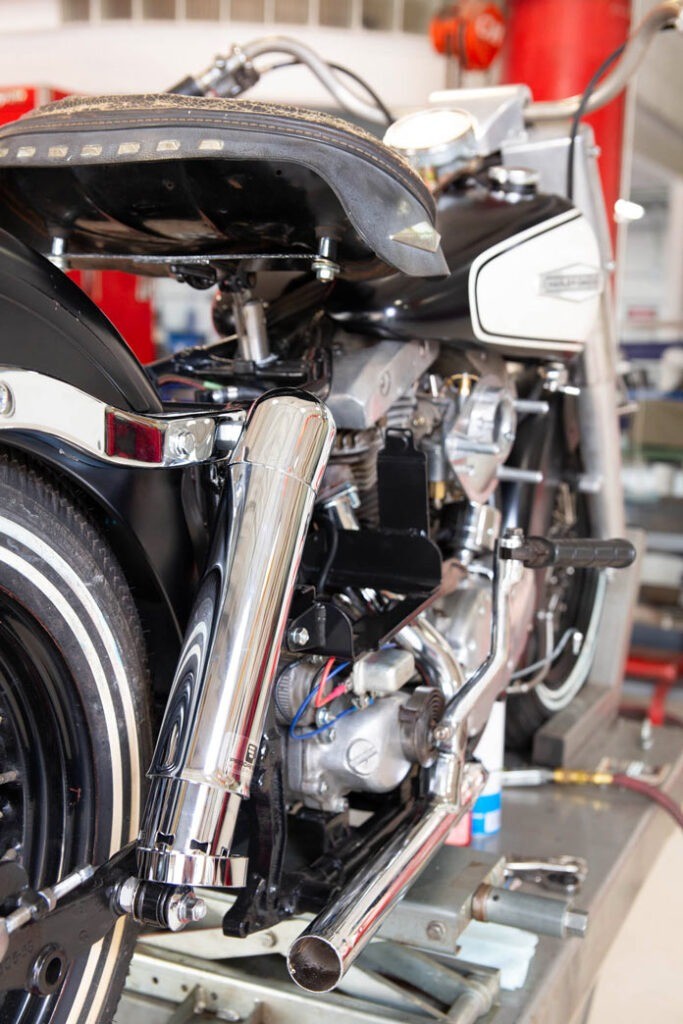
For the film The Bikeriders, Milburn provided a deck to the production team that had a page dedicated to each bike with its specs and photos. He feels fortunate that the film’s director made the decision to trust Milburn’s judgment on what was needed to portray the right vibe with the motorcycles and rely on the supporting cast of riders he selected.
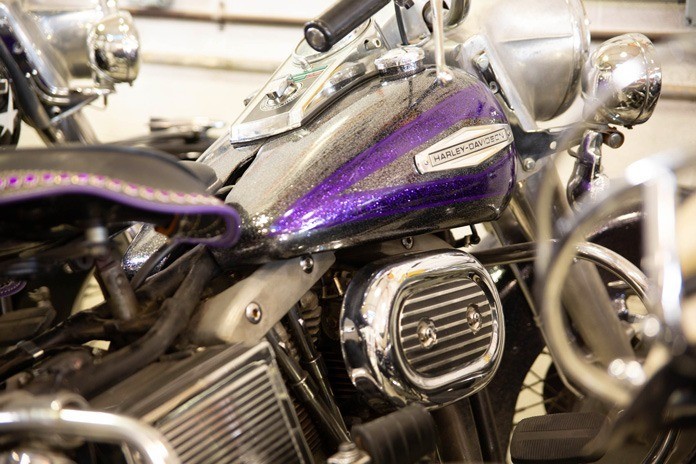
His shop built two bikes specifically for the film, with a third being completed at Brown’s Cycle. All in, he personally brought 13 bikes. Tattoo legend and Milburn’s longtime friend Oliver Peck provided 10 bikes, and Jason Quigley of Dream Machines loaned 10 of the bikes. The rest were one-off rentals from various sources Milburn knew from around the country.
The film is based on the 1968 book of the same name that was originally authored by photojournalist Danny Lyon, who was a member of the Chicago chapter of the Outlaws Motorcycle Club documented in the book. It provided insight into the personal stories and unique personalities that composed this memorable group of riders at a defining point in the history of motorcycling.
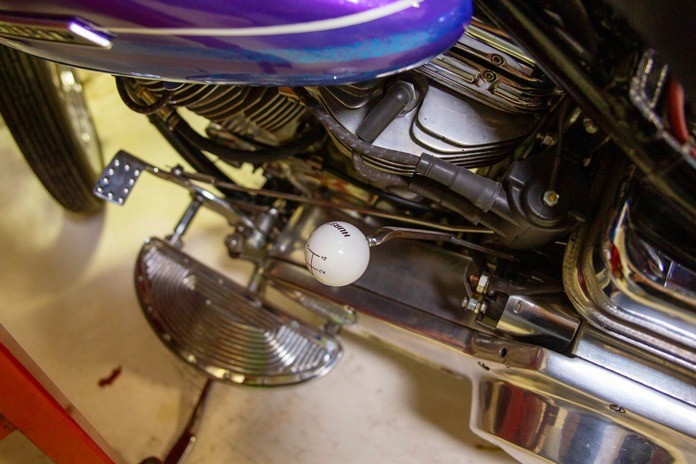
Initially there was a great deal of discussion by the production team about simply using modern bikes and modifying them to look vintage, but the director put his faith in Milburn to bring authenticity to the film set.
“In the end, we went with real, old motorcycles and didn’t cheat,” said Milburn. “It was a pain in the ass to keep that many older bikes running at the same time, but in the long run, it was well worth it.”
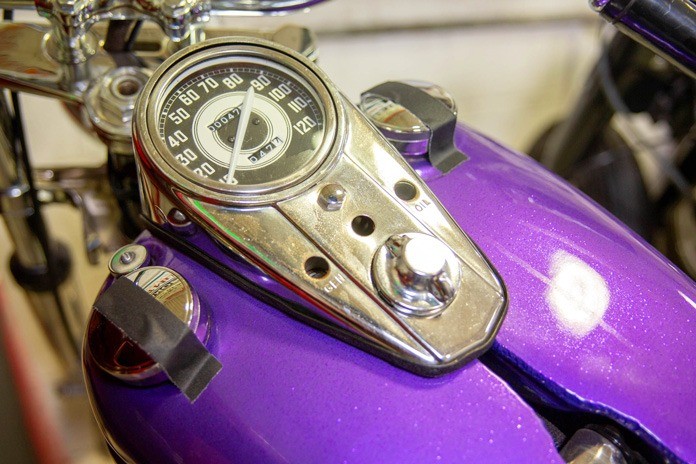
The production team had concerns about having that many vintage bikes cranking up in the cold temperatures during a Cincinnati winter – subbing as a 1960s-era Chicago – and continually running on demand for take after take.
Further, while Milburn’s team of stunt riders were well acclimated to the vintage bikes, he had to teach the film’s actors how to handle these bikes too. The talent knew how to ride modern bikes, but they were put through a two-week boot camp to get them knowledgeable with the vintage rides.
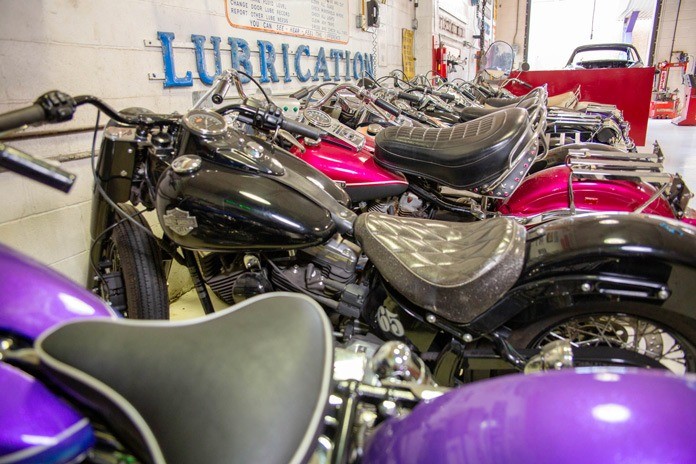
The bike that Milburn is most pleased to see in the film is one he lovingly refers to as “The Cream Puff,” a 1969 FLH Electra Glide in sparkling burgundy.
As he was also the double for Austin Butler, Milburn’s time was stretched very thin between helping to care for 45 vintage bikes, managing the stunt riders, and being in many of the scenes that featured Butler as one of the club members, riding “The Cream Puff” in those scenes.
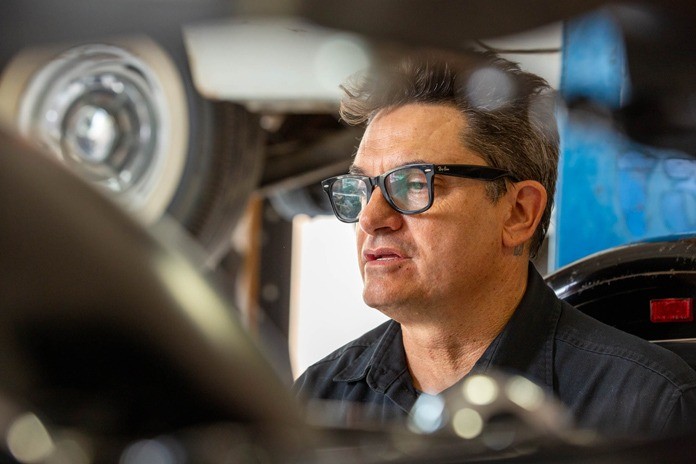
Milburn related that they would practice all day, have dinner, and then ride across the river into Kentucky and ride more through the night. To this day, Butler regularly talks and texts with Milburn about a particular bike that he grew very fond of and which, someday, Milburn might give a home to in Butler’s own garage.
With another gig completed, Milburn is looking forward to spending his days wrenching on his own bikes and enjoying time at home before the next big adventure calls his name.



















